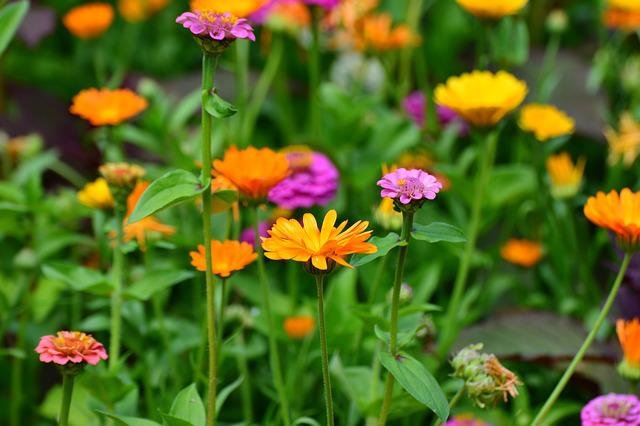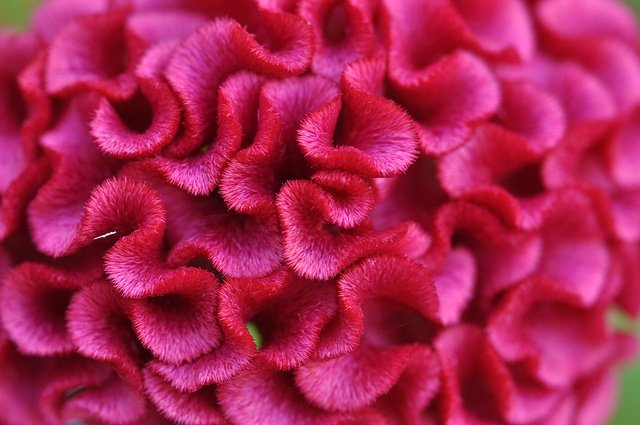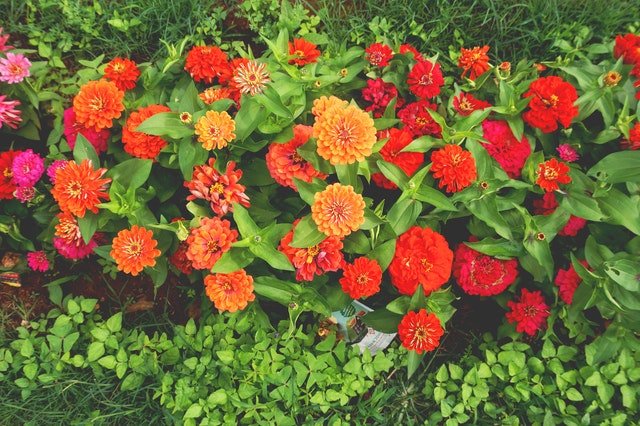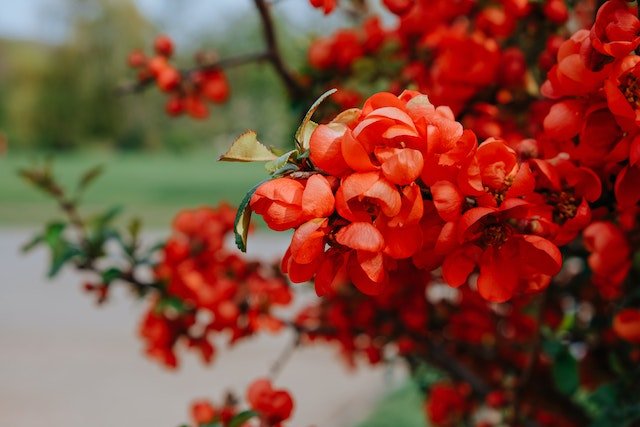Growing lilacs in front of a house can add a touch of elegance and beauty to the landscape. Lilacs are known for their fragrant and colorful blooms, making them a popular choice for gardeners all over the world. In this article, we will discuss the steps to grow and care for lilacs in front of your house, including selecting the right variety, planting and soil preparation, watering and fertilizing, pruning and maintenance, and dealing with pests and diseases.
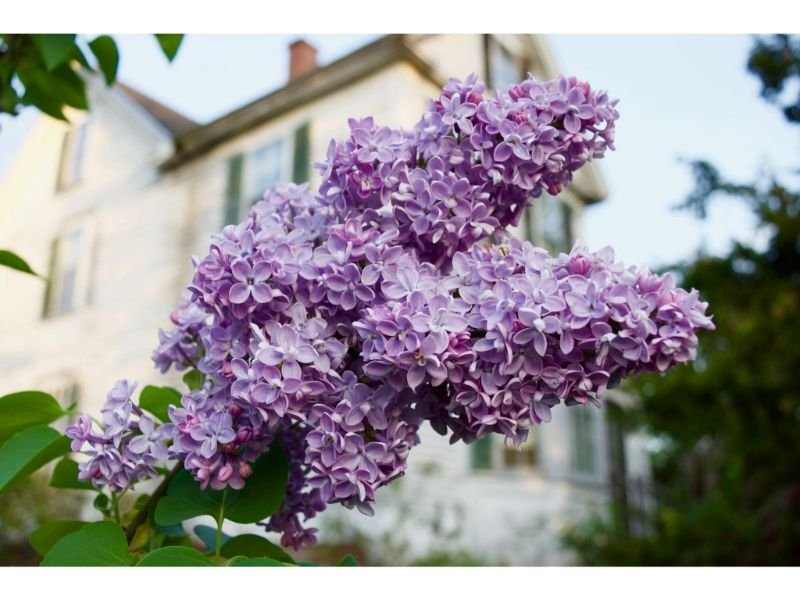
Table of Contents
Selecting the Right Variety
The first step to growing lilacs in front of your house is selecting the right variety. Lilacs come in a range of colors, including white, pink, purple, and blue. Some popular varieties include the common lilac (Syringa vulgaris), which is known for its classic lavender-purple flowers, and the French lilac (Syringa vulgaris var. alba), which has white flowers.
When choosing a variety, it is important to consider the size and shape of the plant. Lilacs can grow anywhere from 5 to 15 feet tall, and their branches can spread up to 12 feet wide. If you have a small front yard, it may be best to choose a smaller variety, such as the dwarf Korean lilac (Syringa meyeri ‘Palibin’), which only grows up to 5 feet tall and wide.
Planting and Soil Preparation
Once you have selected the right variety, it is time to plant your lilacs. Lilacs prefer well-drained soil that is slightly alkaline with a pH between 6.5 and 7.5. They also require full sun, so make sure to choose a spot in your front yard that receives at least six hours of direct sunlight per day.
Before planting, prepare the soil by removing any weeds, rocks, or debris. Dig a hole that is twice as wide and deep as the root ball of your lilac plant. Mix in some compost or well-rotted manure to improve the soil’s fertility and drainage.
Watering and Fertilizing

Lilacs require regular watering, especially during the first year after planting. Water your lilacs deeply once a week, making sure to soak the soil to a depth of at least 6 inches. During dry spells, you may need to water more frequently to prevent the soil from drying out.
In terms of fertilizing, lilacs do not require a lot of fertilizer. In fact, too much fertilizer can actually harm the plant and reduce flower production. Instead, apply a balanced fertilizer, such as a 10-10-10, once in the spring and once in the fall.
Pruning and Maintenance
Pruning is an important part of lilac care, as it helps to promote healthy growth and abundant flowering. Lilacs should be pruned immediately after flowering, as they produce blooms on old wood. If you wait too long to prune, you risk cutting off the next season’s blooms.
When pruning, remove any dead, damaged, or diseased wood, as well as any suckers that emerge from the base of the plant. You can also thin out some of the older branches to encourage new growth.
In addition to pruning, lilacs require some basic maintenance to keep them healthy and looking their best. This includes mulching around the base of the plant to retain moisture and suppress weeds, as well as monitoring for pests and diseases.
Dealing with Pests and Diseases

Lilacs are relatively disease-resistant, but they are susceptible to a few common pests and diseases. One of the most common diseases is powdery mildew, which appears as a white powdery coating on the leaves. To prevent powdery mildew, make sure to water your lilacs deeply and avoid overhead watering. You can also treat powdery mildew with a fungicide if necessary.
Another common pest is the lilac borer, a type of beetle that burrows into the stems and can kill the plant. To prevent infestations, make sure to keep your lilacs healthy and well-maintained. You can also apply an insecticide in the spring to prevent the beetles from laying their eggs.
Finally, keep an eye out for aphids, which are small insects that suck the sap from the leaves and can cause them to curl and turn yellow. You can remove aphids by spraying your lilacs with a strong stream of water or by using insecticidal soap.
Conclusion
Growing lilacs in front of your house can be a rewarding and enjoyable experience. By selecting the right variety, planting and preparing the soil properly, providing adequate water and fertilizer, pruning and maintaining the plant, and dealing with pests and diseases, you can ensure that your lilacs will thrive and provide a beautiful and fragrant addition to your front yard.
So, if you’re looking to add some color and fragrance to your front yard, consider planting lilacs. With a little bit of care and attention, these beautiful and fragrant shrubs can provide years of enjoyment and beauty for you and your family.
In conclusion, growing lilacs in front of your house can be a great way to add beauty and fragrance to your outdoor space. By following the tips and advice outlined in this article, you can grow healthy and beautiful lilacs that will thrive and provide a stunning addition to your front yard. So why not get started today and plant some lilacs in your front yard? You won’t be disappointed!

Gardening is my passion and growing plants indoors has always been a stress relief for me. Grow a banana tree in my apartment once (although failed to produce bananas).


